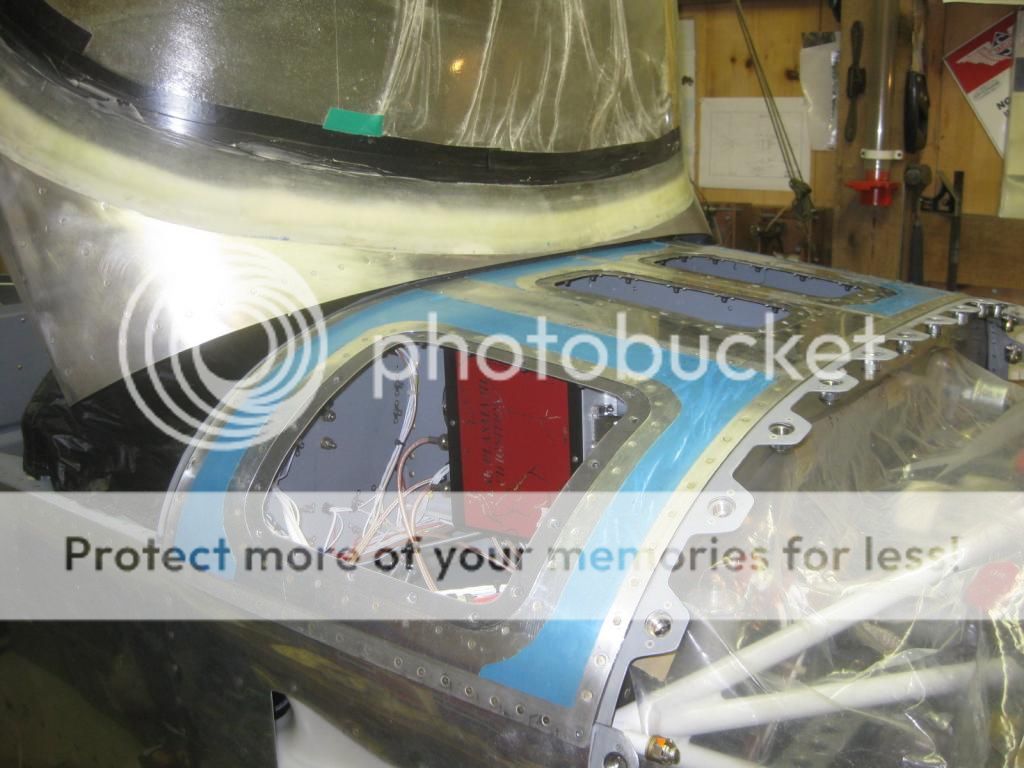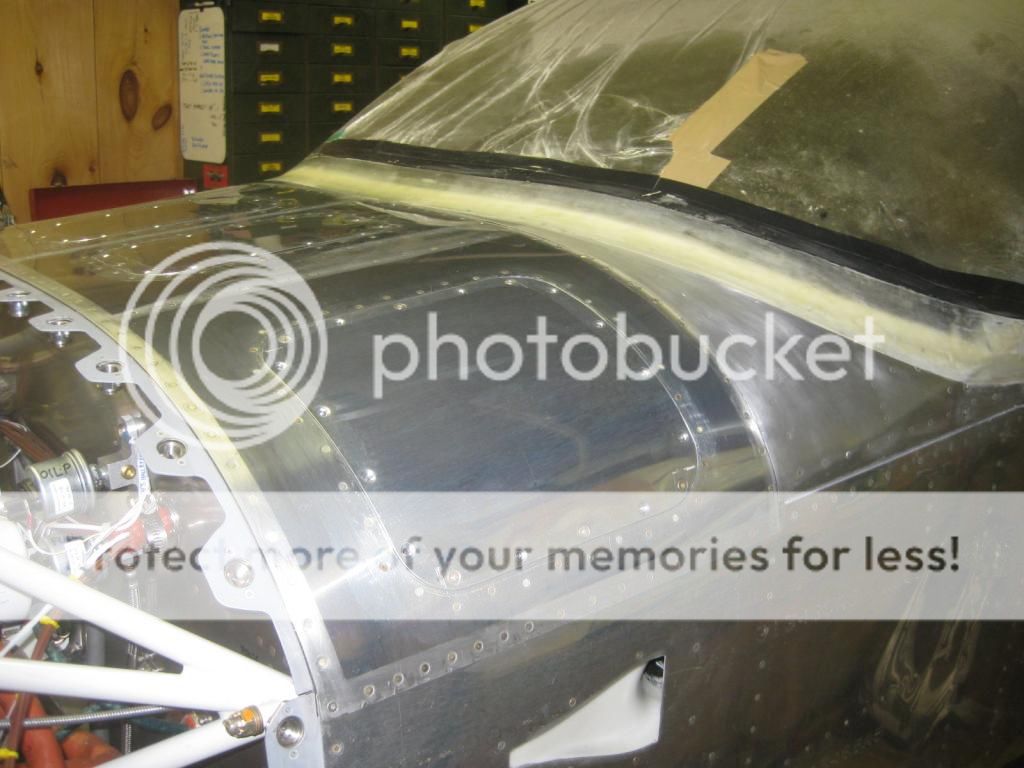Noah
Well Known Member


These top skin covers were initially sealed with proseal, which was applied to the lower countersurface and the covers had vaseline applied as a release agent while the proseal cured with the screws installed. Unfortunately, they have always leaked a little.
There is no room for a gasket here - is there a more appropriate sealant to use? Something that seals well, but still allows for cover removal for inspection and service?
Last edited:




